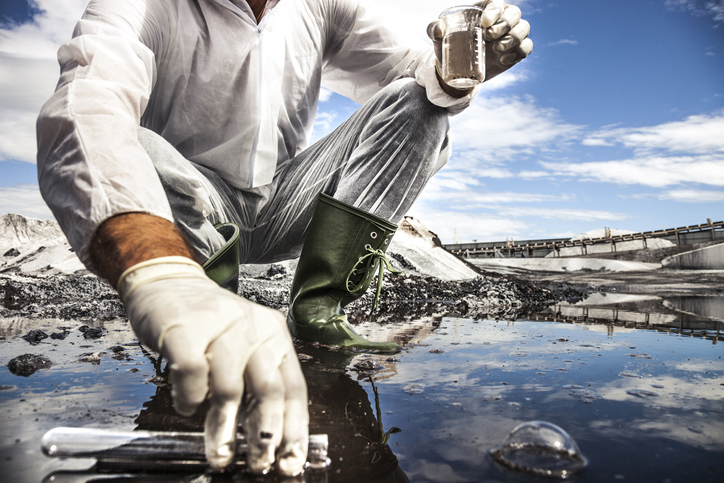New York continues to strengthen its regulatory approach to 1,4-dioxane. Last month, the state Department of Health adopted the nation’s first maximum contaminant level (MCL) for 1,4-dioxane in drinking water, The regulation is working its way toward implementation and is now in the public comment period. Following assessment of public comments, the proposed regulation will either be revised or submitted for adoption by the Public Health and Health Planning Council. The regulation will then go into effect upon publication of a Notice of Adoption in the New York State Register.
In addition to setting the toughest MCLs for this contaminant, the state legislature recently sent a bill to Gov. Cuomo’s desk that seeks to adopt strict new standards for products that contain the chemical.
Now the state has issued $27 million in grants to nine Long Island communities to upgrade their water treatment systems in order to deal with 1,4-dioxane.1,4-dioxane is used as a solvent in the manufacture of other chemicals and as a laboratory reagent. It is also a trace contaminant in cosmetics, detergents, and shampoos, where it appears as a byproduct of the ethoxylation reaction used to make surfactants. It does not stick to soil particles, so it can move from soil into groundwater. Moreover, standard wastewater treatment processes do not remove the chemical. The International Agency for Research on Cancer lists 1,4-dioxane as possibly carcinogenic to humans, and the U.S. Department of Health and Human Services considers the chemical as reasonably anticipated to be a human carcinogen. The EPA also considers 1,4-dioxane as reasonably anticipated to be a human carcinogen.
Each of the following communities received a $3 million grant to upgrade its treatment systems:
- Franklin Square Water District (Nassau County): Volatile Organic Compound (VOC) and 1,4-dioxane treatment
- Greenlawn Water District (Nassau County): 1,4-dioxane treatment
- Town of Hempstead (Nassau County): East Meadow Water District 1,4-dioxane treatment
- Town of Huntington (Suffolk County): 1,4-dioxane treatment
- Manhasset-Lakeville Water District (Nassau County): 1,4-dioxane treatment;
- Oyster Bay Water District (Suffolk County): 1,4-dioxane treatment
- Port Washington Water District (Nassau County): 1,4-dioxane and PFOA treatment;
- South Farmingdale Water District (Nassau County): 1,4-dioxane treatment
- West Hempstead Water District (Nassau County): 1,4-dioxane treatment.
The grants are intended to aid the communities in upgrading their water treatment systems, but 40 percent of the funds for each project will come from other sources. It is likely that the communities will seek to install ultraviolet-hydrogen peroxide advance oxidation process systems to remove 1,4-dioxane from their water. The Suffolk County Water Authority installed such a system in 2017, and the Town of Hempstead has already announced its intention to follow suit.
With a one part per billion MCL, pending legislation requiring personal care products to contain less than one part per million 1,4-dioxane by 2022, and the new grants to help communities remove 1,4-dioxane contamination, the state of New York is taking an aggressive approach to regulation of the chemical.
Other states have taken notice, and 1,4-dioxane regulations are likely to crop up nationwide in the near future. We will keep you up to date as new regulations emerge.

